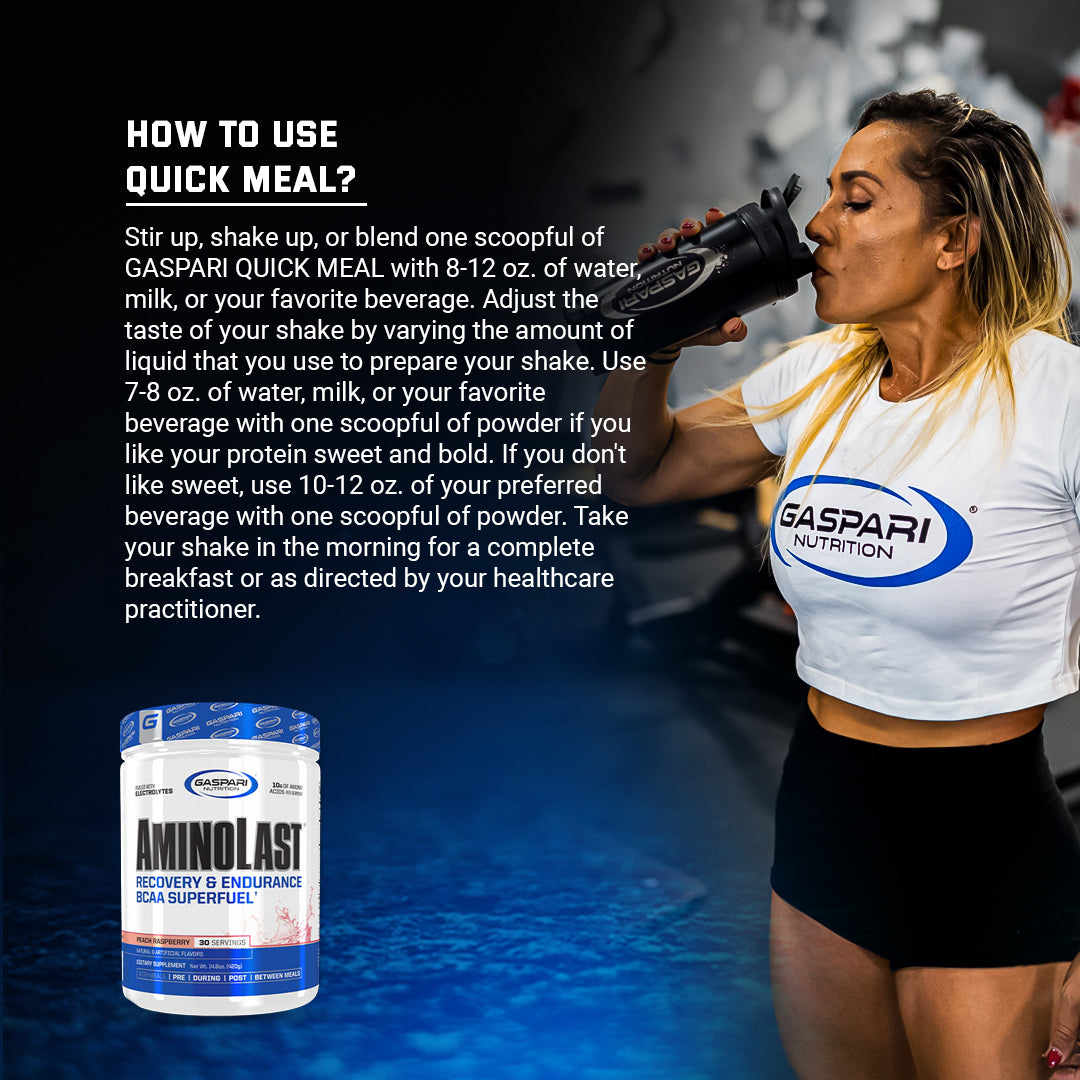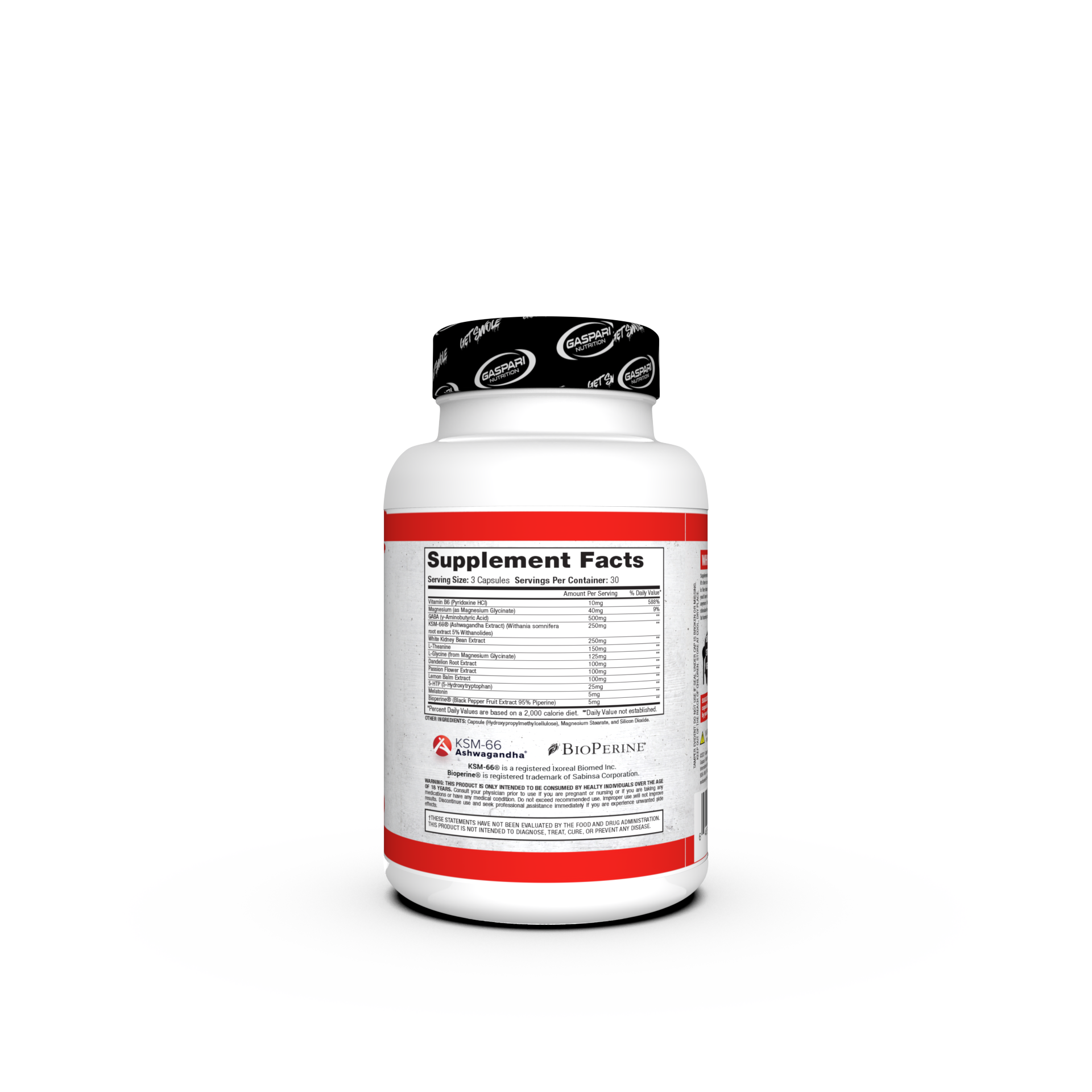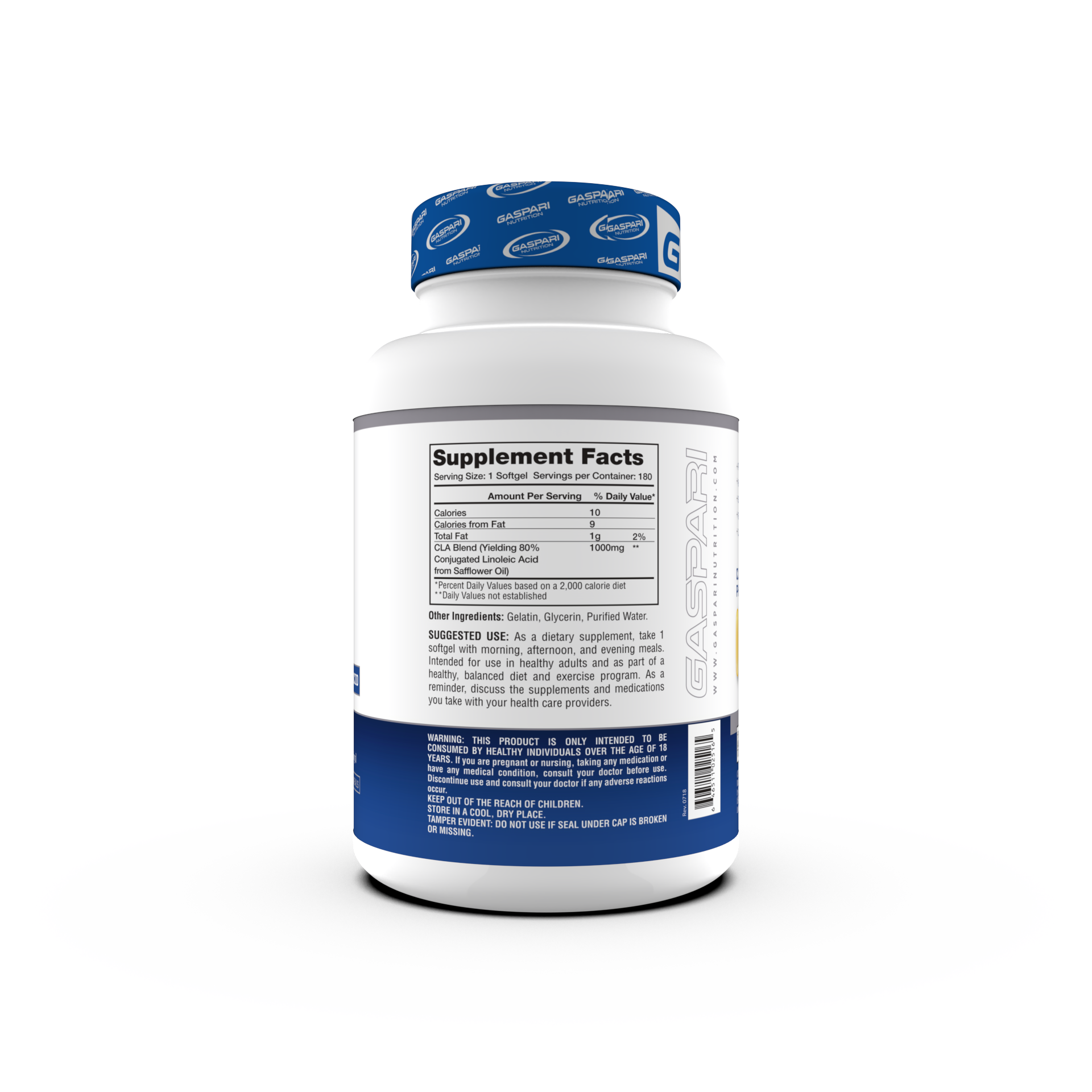Expecting mothers go through a lot during those three trimesters, especially as the body begins to change to accommodate a new life. These changes can make it difficult to relax and will bring about different forms of stress. Plus, you might be itching for some physical activity. That is why prenatal yoga, or yoga for pregnant women, is becoming more popular. Now, you might be wondering, “How safe is yoga for me and my baby?”
The simple answer is, “prenatal is indeed safe.” But you should always receive medical clearance from your doctor before giving it a go.
If you are in good health and have received the go-ahead from your physician, then you can start prenatal at any time! Here is everything you need to know about yoga for expecting moms, including the benefits, best poses, and general safety guidelines.
Benefits of Prenatal Yoga
Exercise is important during pregnancy. Many forms of physical activity are ideal for pregnancy wellness. This includes prenatal yoga. Here are the benefits:
- Better sleep
- Reduced stress
- Decreased nausea and morning sickness
- Fewer headaches
- Decreased back pain
- Lower risk of intrauterine growth restriction, a medical condition that slows your baby’s growth
- Lower risk of preterm labor
- Preparation for labor and delivery
- Enhanced flexibility, strength, and endurance
- Make friends with other expecting mothers
Let’s go a bit more in depth, shall we? The reason why prenatal yoga is so beneficial is because it was designed specifically for a changing body and offers modified poses that strengthen and stretch the body more safely than a traditional yoga practice.
Many of the poses work on toning muscles in the body that aid in delivery and female health, including exercising the pelvic floor, abdominal muscles, and the hips. Having strength not only lowers the pain you feel during the nine months of pregnancy, but being more fit during pregnancy means you can bounce back quicker after delivery.
Prenatal yoga classes also introduce you to a support system—your fellow practitioners. Whenever you go to a class, you have the opportunity to talk with mothers, expecting mothers, and fellow yogis who can give you motivation, advice, and community.
Lastly, yoga teaches you how to understand your body. Prenatal yoga focuses on accepting how your body changes for pregnancy, and you learn how to trust those changes. Rather than getting caught up in a fear-tension-pain cycle, where you dread the experience of childbirth, you can simply use yogic breathing and work through It.
Best Yoga Poses During Pregnancy
Here are yoga poses that are generally considered safe to practice during pregnancy:
- Butterfly Stretch
- Cobra – only during the first semester
- Cat-Dow
- Seated Forward Bend – uses modifications as your belly grows
- Side Angle Pose
- Standing Forward Fold/Bend – using modifications and props
- Triangle Pose – using a chair for support
Contraindicated Yoga Poses During Pregnancy
Here are yoga poses that you should avoid during pregnancy:
- Any backbends, such as Upward Bow (Wheel) Pose
- Balancing poses on one leg, due to risk of falling over
- Camel pose
- Handstands
- Headstands
- Any prone positions that put pressure on the stomach, such as Locust Pose
Joining Prenatal Yoga Classes
While you could join a regular Hatha yoga class and do modifications, the safest bet is to find a yoga class designed for pregnant woman. These classes should be taught by a certified yoga instructor who is familiar with prenatal postures and knows which poses are dangerous. If you cannot find prenatal yoga near you, there are plenty of prenatal yoga classes to be found online. When choosing that route, keep the following guidelines in mind to get the maximum benefits of prenatal yoga:
- Don’t do any supine poses (those on your back) after the first trimester. Supine poses can reduce blood flow through the uterus.
- Avoid stretching any muscle too much. The hormone relaxin, which softens connective tissue, can make you more supple than usual, but that doesn’t mean you won’t get hurt.
- From the second trimester into the third, you will notice your center of gravity shifting. Use a wall or chair for balance and avoid any standing poses that put you on a single leg.
- Deep twisting postures are not advised for pregnant women.
- Listen to your body. If you feel uncomfortable, stop. Remember that a good instructor will be able to come up with modifications that are safe for you and your unborn baby.
Labor And Prenatal Yoga
If you need further proof that yoga is safe for you and your baby, then you should know that prenatal yoga has been used to induce pregnancy as well. Of course, there is no guarantee you will be able to induce labor through yoga alone, but if you stimulate the correct muscles, you may be able to hasten the process. Squats, Table Top pose, and King Pigeon are just a few examples of poses that target the hips and thighs.
That said, you should never practice prenatal yoga or any form of yoga if you are at risk of premature labor or miscarriage. Be sure to consult with your OB/GYN or general physician if you have preexisting risk factors.
Takeaway
If prenatal yoga sounds like a healthy practice to take up during your nine months of pregnancy, you are not wrong. Prenatal yoga can calm you down and take your valuable lessons about birth. Not only that, but pregnancy yoga is incredibly safe for you and your baby. So why not give prenatal yoga a try?
Want more information? Have something to share? Like our page and follow us on Facebook!














































































Share:
Why Is Prenatal Nutrition Important?
Ectomorph vs. A Hardgainer: Is There A Difference in Body Types?